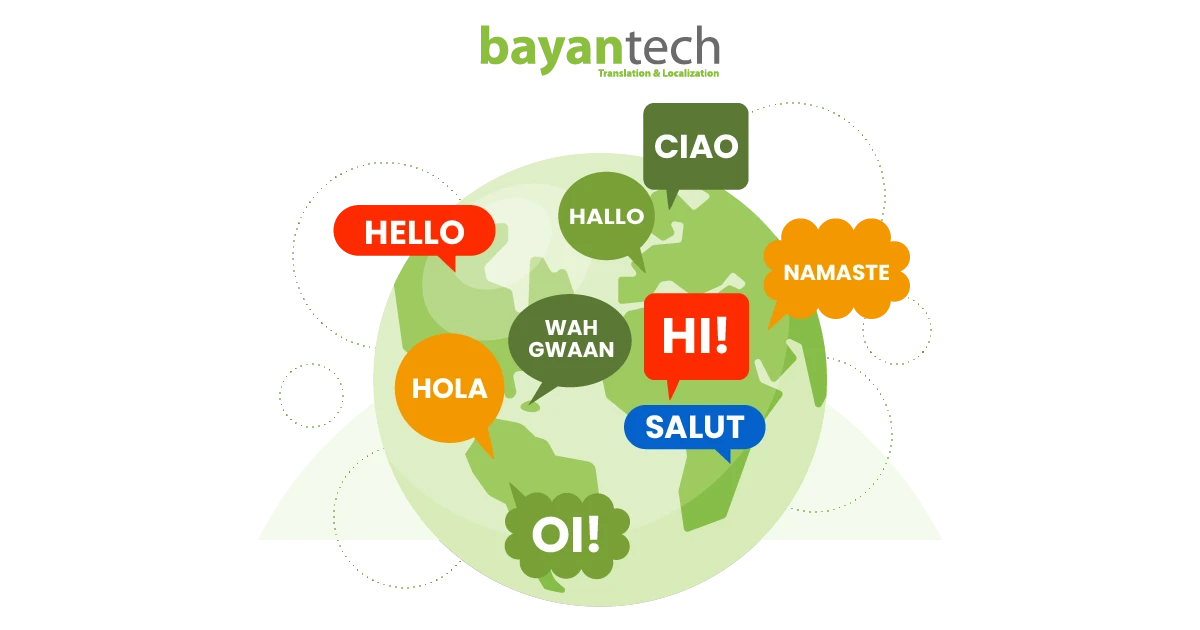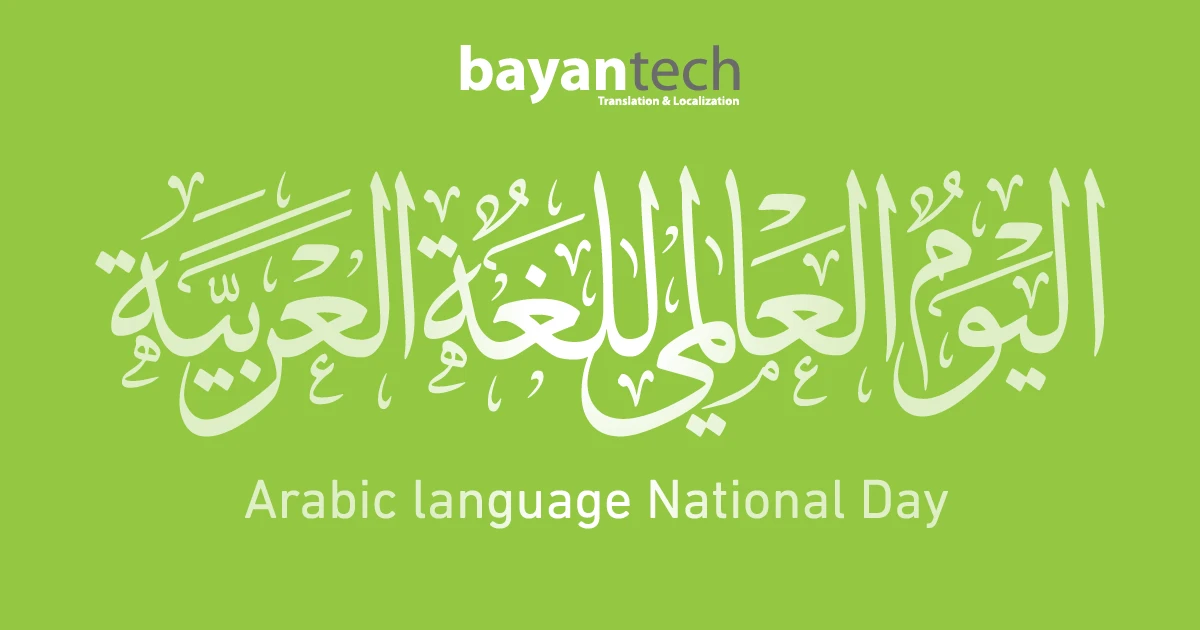If you are reading this now, then you are probably considering SEO localization for your multilingual website, Ad-campaigns, and global translated content, and you absolutely have every right to. This means that you understand that it will put you right on the fast track towards global content success and increasing digital marketing ROI.
So, let’s take it slow from here.
SEO (Search Engine Optimization) localization is simply tailoring the content of your website to target audience in a specific region/country and boosting website rankings search engine results. One can say that this means targeting not only humans, but search engines as well.
That’s not it, though; here are a few couple of reasons to go about SEO localization:
- Global online visibility in organic search results in search engines
- Targeting more audience in different markets and attracting potential customers
- Increasing website traffic, number of visitors to your website, for better user engagement
- More customer base seeking and purchasing your products/services
- Increasing leads, click-through and conversion rates, and revenue
- Promoting your brand name
- Bringing more ROI (Return on Investment)
- Achieving market expansion and global success
For outcomes like these, hard work is a must. This is why we are going to take you through these quick guide tips to help you ensure a successful SEO localization strategy for your business.
SEO Localization: Tips to follow and Pitfalls to Avoid
- Internationalize the Content of your Website. because localizing and integrating SEO into your website should be part of your expansion and marketing plan, you have to consider internationalization, which is different from localization, of your content in the early stages of developing your website. Internationalization here would mean using compatible software, customizing the code, planning enough design spaces for languages… etc. This also goes to include the nature of language used. Clear source content is vital, and avoid messages that are locally-relevant for a specific market or that are culturally-specific. Preparation, here, is the key that guarantees smooth implementation of your next steps in your SEO localization strategy, which should be planned while designing the website.
2. Integrate your SEO Localization Strategy into the Translation Process.
 It’s time to debunk the myth that supports building an SEO Localization strategy right after the translation process of your website’s content. The truth is (here we are saying it):
An SEO localization strategy should be integrated with the translation process.
Website Translation is the original plan; this is the traditional way. Yet, this is no longer viable. The new approach states translating, refining, and adapting content to resonate with a culture, website localization and all while integrating SEO localization, allowing a simultaneous workflow of localizing content and website and increasing online visibility.
Localization of your website includes not only content as in words, but also and necessarily, images, graphics, marketing messages, logos, slogans, symbols, colors and most importantly the on-site and technical SEO components including metadata translation and localizing URLs…etc. The idea is to create a unique and friendly experience for the users, and perhaps that’s why machine translation is your worst enemy here.
3. Proper Keyword Research for Localization.Â
“People describe products and services using different terms, according to their languages and cultures.”
Planning to merely translate keyword search, word for word, means planning to fail! Â If you have your website in
English with specific keyword search, and you are targeting MENA, for instance, translating these keywords into Arabic, without localizing, would mean a drastic failure to promote your product and engage your potential customers, which ultimately destroys your brand name.
However, things don’t need to go like this. The trick for a successful SEO localization project is localizing and using the right keyword search and starting a keyword glossary, for eventually boosting your website rankings. This goes as far to include titles, tags, headlines, meta descriptions, and script messages. Working on this means taking into account the context, the preferences of the targeted audience, dialects and colloquialisms, the search volume in different markets…etc. This happens to go beyond the work of a translator; this requires a native linguist who is an expert in identifying keywords and the process of keyword search as a whole.
4. Work on your Website/URL Structure – Here’re 3 Possible Scenarios
Here comes the tricky part in SEO localization: choosing the best URL structure for the rankings of your multilingual website. There are three possible scenarios but it’s not going to be easy to decide which is right. Each has its own pros and cons¹; we examine them as follows:
a. ccTLD – Country Code Top-Level Domain (example.eg)
Although this option provides clear geotargeting and establishes users’ trust and search engines’ trust, leading to better click-through rates, the pitfall lies in limited availability and infrastructure requirements.
However, this is deemed to be the most preferred site structure.
b. Sub-folder/ Sub-directories (example.com/eg)
This is a good option considering how easy to set it up and the shared link authority of the top-level domain; yet, due to the fact that users might confuse the ‘eg’ for either a language or a country, the trust might be broken for the users and the search engines, aka less click-through rates.
c. Sub-domain (eg.example.com)
This one comes as a middle ground between the previous options. It is easy to set up, it allows different sever locations, and there is some sharing of the authority of the main domain, which can help a lot in the rankings. Still, it shares the same issue of the Sub-directories of the users confusing the ‘er’.
So, three options and no rules! How to decide? Well, there’s a lot of debate. Nonetheless, simply put, your business is your compass. Do the research, identify your goals and expansion plans (language level or country level), and decide on what’s best for your business.
5. Use hreflang for your Multilingual Website
One just can’t build an SEO localization strategy without the use of hreflang.
So, what is hreflang? In essence, hreflang is a technical procedure; a code used to specify different URLS of websites that have the same content but multiple languages or same-language content to different countries/regions. This is essentially put into practice for examples like these, English for US versus English for UK, French for France versus French for Canada, or Arabic for Egypt versus Arabic for Morocco.
In a nutshell, hreflang is what makes your website with duplicate content in different languages approachable to the right users. It makes search engines serve the language of content to users of a specified target. For instance, through hreflang, search engines should show the MENA page in the search results for MENA users, even if the English page ranks better.
6. Perform Page & Site Quality Control and QA Testing
This phase isn’t a plus, rather it’s a must. It’s of utmost importance to perform quality checks for pages and site performance.
One of the factors that affect Google’s ranking is site speed. That’s why it is one thing to consider working on, especially when internet speed and standards provided in each country differ. Slow loading ruins the user’s experience, and consequently leads to losing customers. For optimum user experience, enhance load time by optimizing codes and JavaScript.
Now, that you’re wrapping up; just before launching, make sure you run multiple extensive tests to ensure ultimate quality. Localization testing, as well as linguistic and cultural testing are essential to detect the slightest errors.
7. Seek Help from an Experienced Language Service Provider
Here’s the thing: SEO localization workflow requires the participation and coordination between linguists, translators, market researchers, developers, SEO specialists, localization engineers…etc. One possible option would be to work with two vendors, an SEO Specialist and a translation service provider. In that case, you are putting your SEO localization project at HUGE risk. The lack of coordination between your vendors would mean the duplication of cost and effort, as well as the lack of consistency in the outcome.
To avoid falling into this common trap, we strongly recommend you working with only one vendor, a language service provider that is familiar with working with localizing multilingual websites and expert in integrating SEO localization strategy to the plan. This helps you monitor everything, especially when a localization project manager leads the process, synchronizing the efforts of each team, making sure your requirements are met, and reporting back to you.
Conclusion
If you have a chance to accomplish overwhelming global success, then SEO localization is your chance. This overwhelming success would typically demand overwhelming work, stringent research, hard work, and sizeable investment, yet, based on practical experiences, this pays off eventually. All you need is a professional vendor capable of understanding your business needs, the market demands, and the preferences and trends of your targeted audience.
Get in touch with BayanTech team, for more information.
Resources







